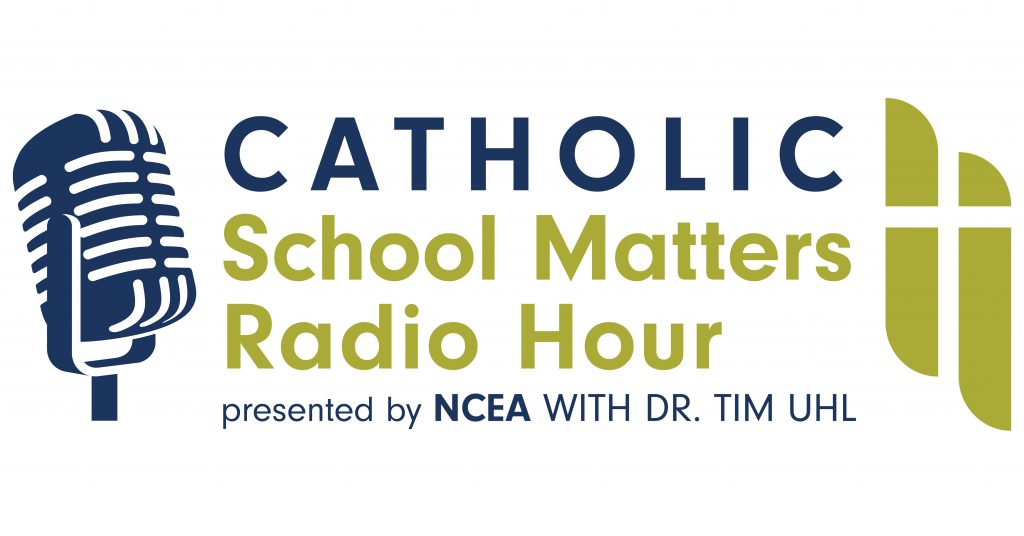
This is my favorite edition of the newsletter of the year. Below you’ll find in chronological order the most clicked on links from each of the 21 editions of the newsletter this year. It’s a great smorgasbord of articles showing what was most interesting to the readers. Enjoy!
At the same time, I’m aware that many educators are looking for great books to read for the summer. Over this academic year, I was able to read 61 books (you can find my professional reading list here) and so I worked to identify the best. Here are the six books which impacted my practice the most this year:
- Life of the Beloved: Spiritual Living in a Secular World (2002) by Henri Nouwen
- Rethinking Leadership: A Collection of Articles (2007) by Thomas J. Sergiovanni
- Making Disciples: A Handbook of Christian Moral Formation (1998) by Timothy E. O’Connell
- Peak: Secrets from the New Science of Expertise (2016) by Anders Ericsson & Robert Pool
- Leadership Can Be Taught (2005) by Sharon Daloz Parks
- Thanks for the Feedback: The Science and Art of Receiving Feedback Well (2015) by Douglas Stone & Sheila Heen
This is it for this school year! Enjoy your summer!
Top 5
In this week’s Catholic School Matters newsletter, I present the most impactful six books I read this year and the most popular links from each edition this year. I looked at those links and have picked out my favorite 5. The Top 5:
- The story about Brother Placid resonated with me. “With No More Cowboys, Monastery Quits the Cattle Business” is the story of how Assumption Abbey in North Dakota moved Brother Placid out of the feedlot.
- “Ideological Bias Cannot Taint Our Approach to Sexual Abuse” from America magazine challenges our thinking about the sexual and leadership crises in the church.
- “’We’re a Family’ and Other School Norms Which Can Cause Burnout” from Jennifer Gonzalez (the Cult of Pedagogy blogger) challenges our approach to establishing school norms.
- I love articles on feedback. One of the best was HBR’s “What Good Feedback Really Looks Like.”
- Finally, “Schools as Places of Joy: We are Responsible for the Cultures We Create” is a reminder of what we’re supposed to be about.
Those were my favorites. Enjoy! Have a great summer.
Podcast
This week’s Catholic School Matters Radio Hour features four guests from the NCEA Convention in Chicago. First, Dr. Timothy O’Malley from the McGrath Institute for Church Life at Notre Dame comes on to discuss the role of liturgy in Catholic schools. He points out the liturgy should be worship with prayer at its center and discusses what good liturgy should look like. Liturgy isn’t just communicating a message or completing our Catholic identity—it’s a prayer space bringing silence and contemplation into the lives of our students. He also mentions the “fault lines” of conflict around the Mass and mentions that next summer (2020) the McGrath Institute will be hosting a summer conference focusing on liturgy in Catholic schools. He also mentioned his book Bored Again Catholic: How the Mass Could Save Your Lifewhich summarizes his thoughts on liturgy.
Jill Anable from the Diocese of Grand Rapids discusses her efforts on establishing a new professional development protocol based on Robert Marzano’s instructional labs. These classroom learning labs are innovative and are bringing excitement and innovation to the Catholic schools in Grand Rapids which are seeing growth.
Julie Cantillon from the Diocese of San Diego discusses the great leadership team they have in San Diego and how they have been able to respond to the professional development needs of their schools in San Diego. Julie has developed a great website featuring all their offerings as well as multiple newsletters highlighting their great programs. Her model is certainly worth replicating and has borne fruit in new partnerships with their local Catholic university, USD. Finally, my final guest is my old friend, Bernard Dumond. He discusses how he came into Catholic education, his view on effective development programs, and his belief in the mission of Catholic schools. His focus is on school vitality and growth. He discusses how he has moved schools away from strategic planning and toward strategic thinking. Because schools are closing due to low enrollment and finances, he is motivated to work for Catholic schools. He discusses the impact of the Christian Brothers and Catholic schools on his life.